Case Study
The Challenge
When the startup behind the system approached Enplus, it:
- Had designed the device
- Had developed much of the backend
- Lacked the infrastructure to handle the volume of data
- Lacked the machine learning algorithms to analyze the data and consistently output results

With each device providing 10 data points per second, a single device produces 864,000 points per day. That means that just 12 devices produce more than 10 million data points daily. The data pipeline needed meticulous engineering for scalability and performance. At the same time, the machine learning system needed to rapidly estimate and recognize typical water usage patterns for a given house while detecting outliers equally quickly. Occasional spikes in water usage could not be confused with catastrophic leaks and lead to unnecessary shutoffs. And, the whole loop needed to be auditable.

Case Study
The Solution
Enplus Advisors essentially designed the “smart” support in the form of a machine learning system that continually evolves with a household’s water consumption, detecting inefficiencies such as running toilets and dripping pipes while tracking big-picture trends and changes in water usage rates. The system is cloud-native and runs on Amazon Web Services, using the managed services provided, which means that the client never has to deal with backups and can dynamically scale computing capacity.